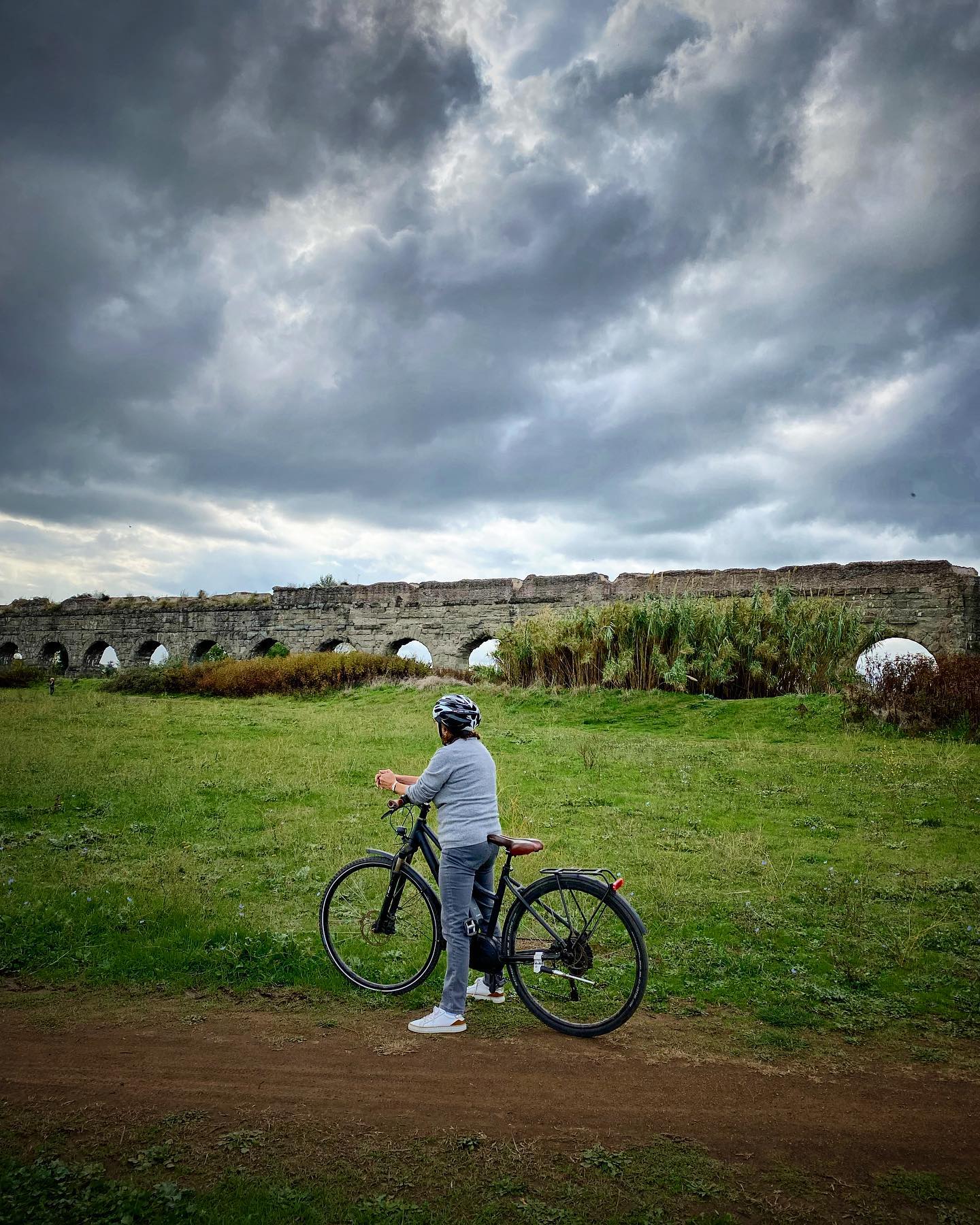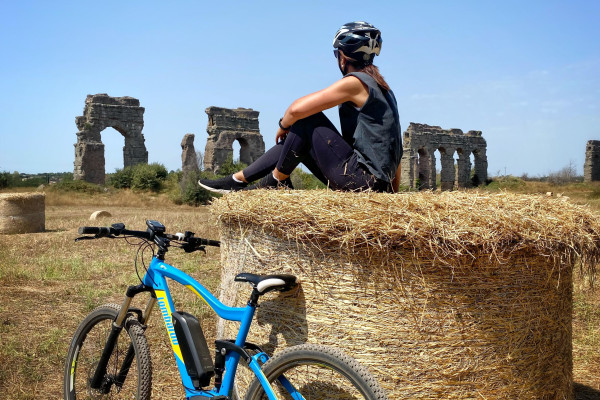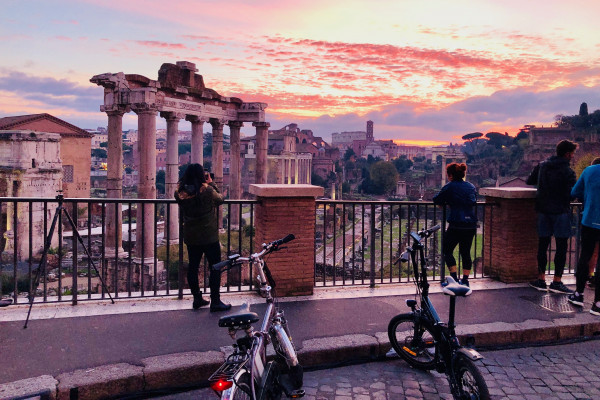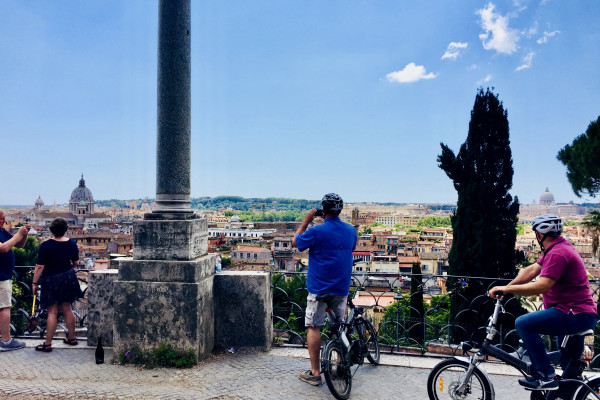Appian Way Bike Tour Rome - Roman Acqueduct

As you traverse the ancient cobbled stones of the Appian Way in Rome, you are not merely walking on a road but stepping into a historical journey that spans centuries. Amidst the captivating ruins and tales of a bygone era, one monumental feat of Roman engineering stands tall – the Aqueduct on the Appian Way. Join us as we embark on a fascinating exploration of this awe-inspiring structure that once brought life-giving water to the heart of the Roman Empire.
The Appian Way: A Road to History
The Appian Way, or Via Appia, is one of the oldest and most important Roman roads, connecting Rome to the southern regions of Italy. Built in 312 BC by the Roman censor Appius Claudius Caecus, this ancient highway served as a crucial route for military campaigns and trade. As you walk along the Appian Way today, the well-worn stones beneath your feet echo the footsteps of gladiators, soldiers, and countless travelers from antiquity.
Read also: Appian Way Ebike Experience
The Importance of Aqueducts in Ancient Rome
Water, the elixir of life, was a precious commodity in ancient Rome. The city’s growing population demanded a sophisticated system to ensure a reliable water supply for drinking, bathing, and various public needs. Aqueducts were the solution – monumental structures designed to transport water from distant sources to the heart of the city.
The Roman Aqueduct on the Appian Way
The aqueduct on the Appian Way, known as the Aqua Appia, holds a special place in the annals of Roman engineering. Constructed in 312 BC, it was the first aqueduct in Rome, predating even the famous Aqua Claudia and Aqua Virgo. The Aqua Appia served as a groundbreaking achievement, setting the stage for the development of Rome’s elaborate water supply network.
The Aqua Appia’s Source
The source of the Aqua Appia was located approximately 16 kilometers from Rome, near the modern town of Arsoli. The aqueduct tapped into a spring in the hills, ensuring a clean and abundant water supply for the growing Roman population. The engineering prowess required to channel water across such distances and varying terrains showcases the ingenuity of Roman engineers.
The Journey of Water: From Hills to City
The aqueduct’s journey from its source to Rome was a marvel of Roman engineering. The Aqua Appia spanned a length of about 16 kilometers, with a gentle decline that allowed water to flow through the aqueduct by gravity alone. The arcades and arches that supported the aqueduct across valleys and uneven terrain stand as testament to the engineering skills of the ancient Romans.
As you stroll along the Appian Way, you can still witness the remnants of these arches, some of which have withstood the test of time. These arches, constructed from brick and limestone, served not only as functional components of the aqueduct but also as a symbol of Roman grandeur and technological prowess.
The Role of the Aqua Appia in Roman Life
Upon its completion, the Aqua Appia significantly improved the quality of life in Rome. The aqueduct supplied water to the city’s fountains, public baths, and private residences, ensuring that every corner of Rome had access to this vital resource. The arrival of the Aqua Appia marked a turning point in Roman urban planning, setting the stage for the construction of subsequent aqueducts that further expanded the city’s water supply.
Exploring the Aqueduct Today
While much of the Aqua Appia has been lost to the ravages of time, some remnants and reconstructions offer a glimpse into its past glory. One notable section of surviving arches can be seen near the Church of Domine Quo Vadis, a short distance from the center of Rome. As you stand beneath these arches, the echoes of ancient water flowing through the channels transport you to a time when the Aqua Appia was a lifeline for the Eternal City.
The Roman aqueduct on the Appian Way stands as a silent witness to the ingenuity and vision of ancient Roman engineers. The Aqua Appia, with its architectural marvels and functional excellence, played a pivotal role in shaping the destiny of Rome. As you walk along the Appian Way and encounter the remnants of this ancient aqueduct, take a moment to appreciate the profound impact it had on the daily lives of Roman citizens and the enduring legacy it leaves for generations to come. The Aqua Appia is not merely a historical relic but a testament to the remarkable achievements of a civilization that harnessed the power of water to sustain and elevate its existence.
Book With Extra Flexibility
Choose new departure dates if your plans change.
Reach out to us anytime via online chat, phone or email.
Get credit for future trips if you need more time to decide.
Change to a different tour run by the same tour operator.







